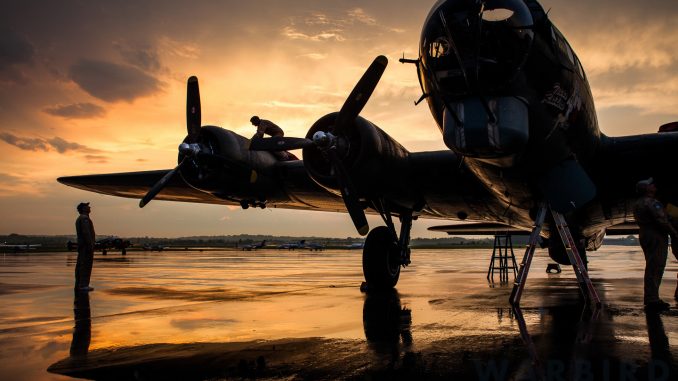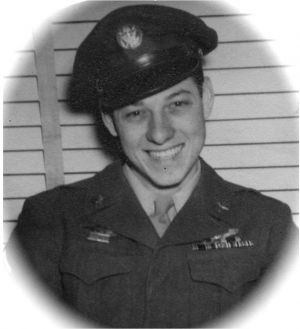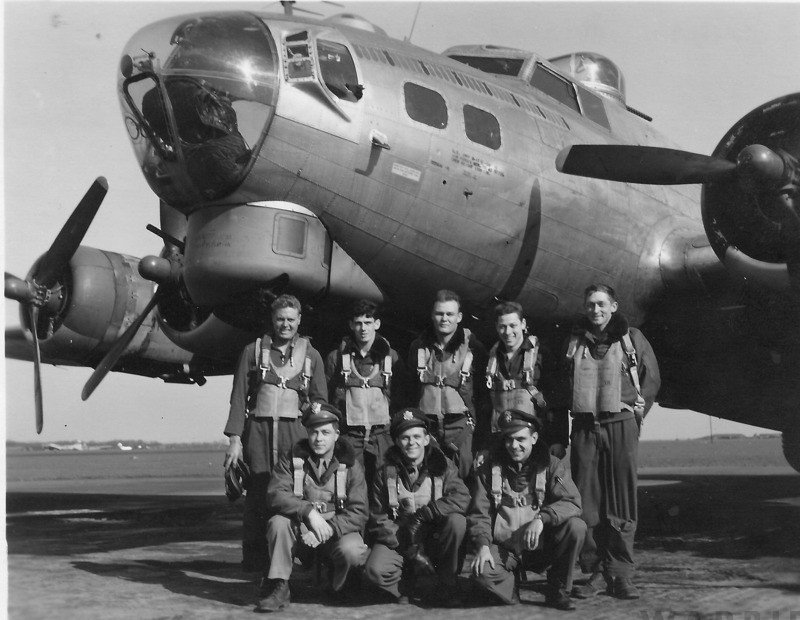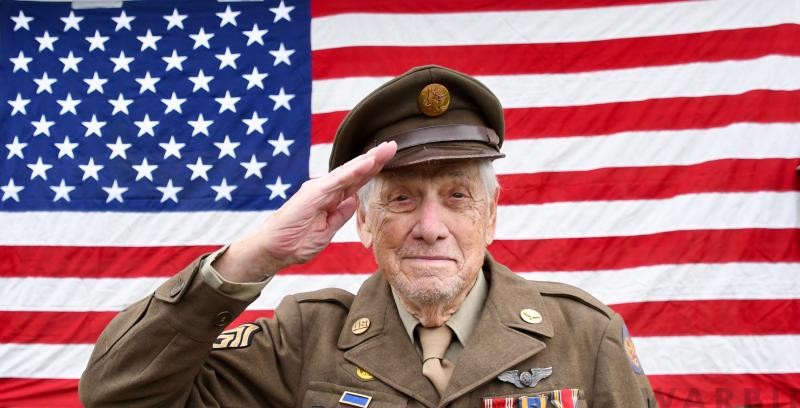
WarbirdsNews has recently received some fascinating wartime accounts written up by a former B-17 radio operator named Tom Creekmore. We thought our readers would enjoy reading them and decided we would start first with this dramatic story of near calamitous consequences. WarbirdsNews wishes to offer our profound gratitude to Tom, not only for his service, but also for allowing these articles to be reproduced here, and also to David Cohen for facilitating the connection. This particular story tells the tale of how close Creekmore and his fellow crewmembers came to catastrophe when they accidentally got lost in bad weather over Washington, DC. And now for Tom’s words…

On December 3rd, 1944 while our crew was in training at Drew Field, Tampa, Florida, we were selected to fly a new B-17 bomber to Stewart Air Force Base in West Point, New York, for an air show on December 9th and 10th. Our crew felt “special” for being selected from all of the B-17 crews in training throughout the U.S. for this assignment. Our orders were to fly to Hunter Field in Savannah, Georgia, pick up a new B-17, and fly to Stewart Air Force Base. On December 5th, we flew from Drew Field, Tampa, in a C-47 cargo plane to Hunter Field, Savannah. We walked down a long line of new B-17s at Hunter Field until we found the plane assigned to our crew. We climbed aboard the B-17, took off, and headed north to bring the new B-17 to Stewart Air Force Base, West Point, for the air show that weekend. On December 11th, the Monday after the air show, we took off from Stewart Air Force Base and headed south to return the new B-17 to Hunter Field in Savannah. As we were flying down the east coast, the weather worsened with heavy rain, wind, and thick cloud coverage. When we arrived in the Philadelphia area, visibility was so poor, we were flying just above the treetops. My pilot wanted to fly visually and avoid instrument flying if at all possible. When that became impossible, he contacted Air Traffic Control and was told to climb to 6,000 feet and he would be worked into a landing at Washington, D.C. He was also told that no aircraft were being routed south of Washington because of the worsening weather and to be prepared to stay overnight.
When we arrived in the Washington area and started our descent, I was anxious to see where we would be when we came out of the overcast. As a Washington area native, I knew the areas around D.C. pretty well. When we started to get some breaks in the lower clouds, the first thing I saw was the Washington Monument just off our left wing tip. We must have just flown low over the Capitol and right down the Mall. We were between the White House and the Washington Monument, a restricted air space for all aircraft. I guess because of the low clouds, no one on the ground saw us. I would think they heard the engine noise as we were only at about 500 feet. I believe the Washington Monument is 550 feet. We landed at Washington National Airport and parked at the military air transport terminal (MATS). Our pilot was ordered to report to the operations office immediately. As our crew waited for his return, I showed the guys, out of the airplane window, where I had worked in Hangar 5 for Pennsylvania-Central Airlines in their general offices. Our pilot returned to the plane and told us he got real chewing out for landing at National and was told to “get that B-17 off the airport before some General sees it.”
National was closed to all military aircraft except those scheduled to land there, like the MATS aircraft. Even though it was raining heavily with high winds and about a 500-foot ceiling, we took off from National, and without raising the landing gear, landed at Bolling Field across the Potomac River. We spent the night, and the next day we continued our flight to Hunter Field, Savannah. This is as I remember that day, December 11th, 1944, after 70 years.
Thomas Lee Creekmore – February 2014

Epilogue: After returning the new B-17 bomber to Hunter Field, Savannah, our crew boarded a C-47 on December 13th, 1944, and left Savannah to fly back to Drew Field, Tampa, where we completed our training on January 9th, 1945, and went on furlough for 10 days. On January 24th, 1945, we were again flown from Drew Field, Tampa, to Hunter Field, Savannah. On February 11th, we walked down that long line of new B-17 bombers once again, picked up a new B-17, and took off for Wales (UK) – [This time as part of the 305th BG to take the fight to Germany! – Ed.]
World War II veteran Tom Creekmore, who ended up flying 19 bombing missions as a B-17 radio operator, celebrated his 97th birthday on December 7, 2020.



Be the first to comment
Graphic Design, Branding and Aviation Art